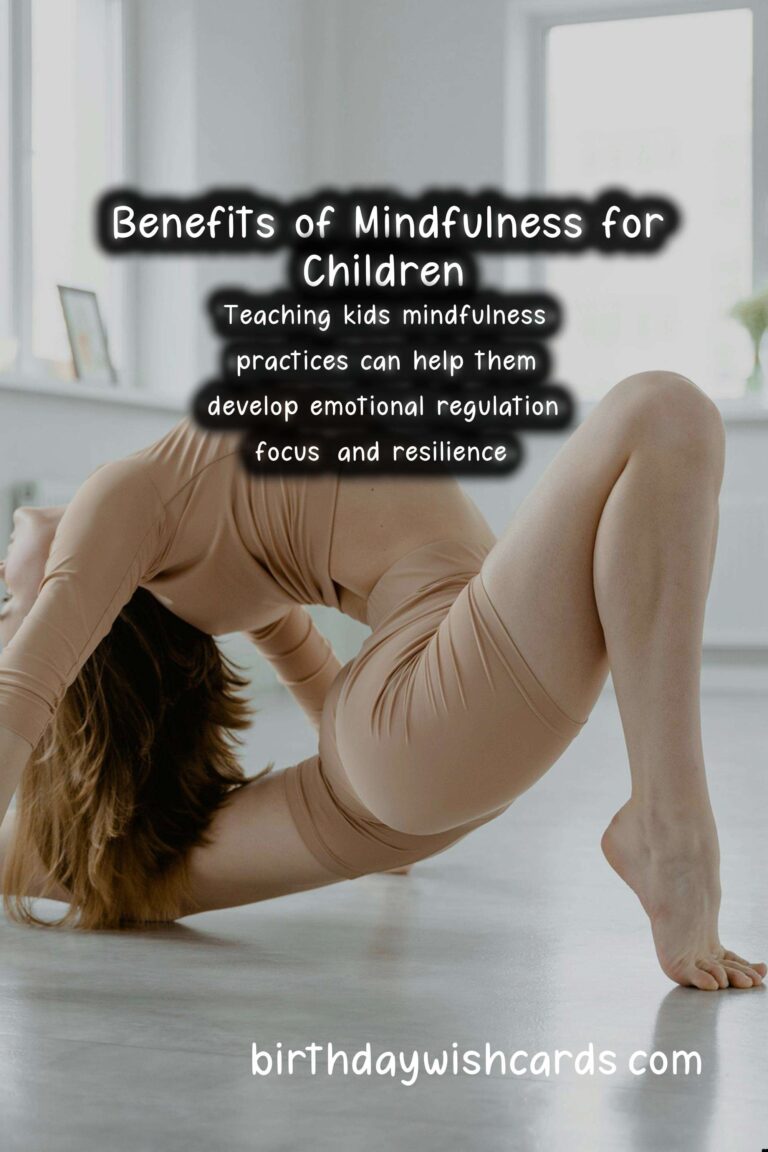
In today’s fast-paced world, children often find themselves overwhelmed by stress and distractions. Teaching kids mindfulness practices can help them develop emotional regulation, focus, and resilience. This guide will explore various mindfulness techniques that are both fun and effective for kids.
What is Mindfulness?
Mindfulness is the practice of being present and fully engaged in the moment, without judgment. For children, mindfulness can enhance their ability to manage stress, improve concentration, and promote overall well-being.
Benefits of Mindfulness for Kids
Introducing mindfulness practices to children can provide numerous benefits:
- Improved focus and attention
- Enhanced emotional regulation
- Reduced anxiety and stress
- Better relationships with peers
- Greater empathy and compassion
Simple Mindfulness Practices for Kids
1. Breathing Exercises
One of the simplest ways to introduce mindfulness to kids is through breathing exercises. Teach them to take deep breaths in and out, counting to four as they inhale and exhale.
2. Mindful Walking
Take a short walk in nature or around the neighborhood, encouraging children to pay attention to their surroundings. Ask them to notice the colors, sounds, and sensations they experience while walking.
3. Gratitude Journals
Encourage kids to keep a gratitude journal, where they can write down three things they are thankful for each day. This practice promotes positive thinking and mindfulness.
4. Guided Imagery
Use guided imagery techniques to help children visualize a peaceful place. This practice can help them relax and develop their imagination.
5. Mindful Eating
Teach kids to eat mindfully by focusing on the flavors, textures, and smells of their food. This practice encourages them to savor each bite and appreciate their meals.
Fun Activities to Promote Mindfulness
1. Mindfulness Games
Incorporate mindfulness into games. For example, play a game of “Mindful Listening” where children must close their eyes and identify different sounds around them.
2. Crafting and Coloring
Engage children in arts and crafts that require focus and creativity. Mindful coloring books with intricate designs can also be a calming activity.
3. Yoga for Kids
Introduce kids to yoga to promote mindfulness. Simple poses and stretches can help them learn to focus on their bodies and breathe.
4. Nature Scavenger Hunt
Organize a nature scavenger hunt, encouraging kids to observe their surroundings and find specific items. This activity combines mindfulness with exploration.
Creating a Mindfulness Routine
Establishing a daily mindfulness routine can help children reap the benefits of these practices. Consider setting aside time each day for mindfulness activities, whether it’s in the morning, during breaks, or before bedtime.
Incorporating Mindfulness at School
Teachers can also integrate mindfulness activities into their classrooms. Simple practices, such as a five-minute breathing break or a mindfulness minute before tests, can help create a focused learning environment.
Conclusion
Mindfulness practices for kids are valuable tools for developing emotional awareness and resilience. By introducing these techniques early, we can help children navigate their lives with greater calm and focus.
In today’s fast-paced world, children often find themselves overwhelmed by stress and distractions. Teaching kids mindfulness practices can help them develop emotional regulation, focus, and resilience. 













